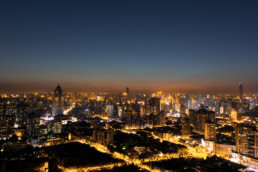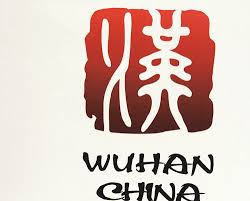Wuhan has set a goal to peak emissions ahead of Chinese targets, and has placed a strong emphasis on education and management of schools to create a generational shift in carbon emissions.
The Chinese megacity Wuhan has committed to reach its carbon emissions peak around 2022. The model-based action plan established yearly carbon emission goals by district and industry across the city, and received input from businesses and citizens during the drafting process.
8 years ahead of national peak emissions targets with Wuhan’s action plan.
Cities100 – 2017
Schools are seen to be a key focus area for Wuhan, which has established a set of low-carbon management and education principles suited for middle and primary schools. This strategy is the first of its kind in China, and will foster awareness of a low-carbon life and society and help students understand what steps are being taken in response to climate change in their city and why. The city hopes that with teachers and students as knowledge brokers, awareness amongst the general public will increase too.

The challenge
Wuhan, the largest city in central China, is growing rapidly. Building sustainability into future economic growth plans is a challenge for many Chinese cities, and Wuhan is demonstrating how more ambitious strategies can be put into place.
Co-benefits
Economic Based on the current carbon price, Wuhan will save around $370 million by 2022 with carbon emissions reductions.
Environmental Including schools as a main pillar of the low-carbon strategy recognizes the intergenerational nature of climate change, as it is the next generation who need to live radically different lifestyles to achieve carbon emissions reduction goals.
Health Reducing emissions associated with polluting transport and coal burning will also improve air quality and save an estimated 50,000 lives by 2022.
About Wuhan
Wuhan is the capital of Hubei province, China, and is the most populous city in Central China. It is a major transportation hub, with dozens of railways, roads and expressways passing through the city and connecting to other major cities. Because of its key role in domestic transportation, Wuhan was sometimes referred to as “the Chicago of China” by foreign sources.


